For those of us who are serious about our gardens, whether that be a large vegetable garden or multiple flower beds around the yard, nothing is more frustrating than struggling with equipment that won’t work correctly. The Hoss Seeder is an important piece of equipment for gardeners all around, but it unfortunately can cause a lot of headaches due to its tendency to jam and malfunction. In this blog post, we’ll discuss the common problems associated with Hoss Seeders and provide tips on how to fix these issues so you can keep your gardening workflow running smoothly!
What Is a Hoss Seeder?
A Hoss Seeder is a tool used in gardening and farming to spread seeds quickly and evenly. It can be pushed or pulled behind tractors and other farm equipment, allowing farmers to sow their crops with maximum efficiency. The seeder works by dropping the seed into a trench that it creates as it moves across the field.
This ensures an even distribution of seed without having to manually move back and forth over the field.
However, despite its advantages, there are some problems associated with using a Hoss Seeder.
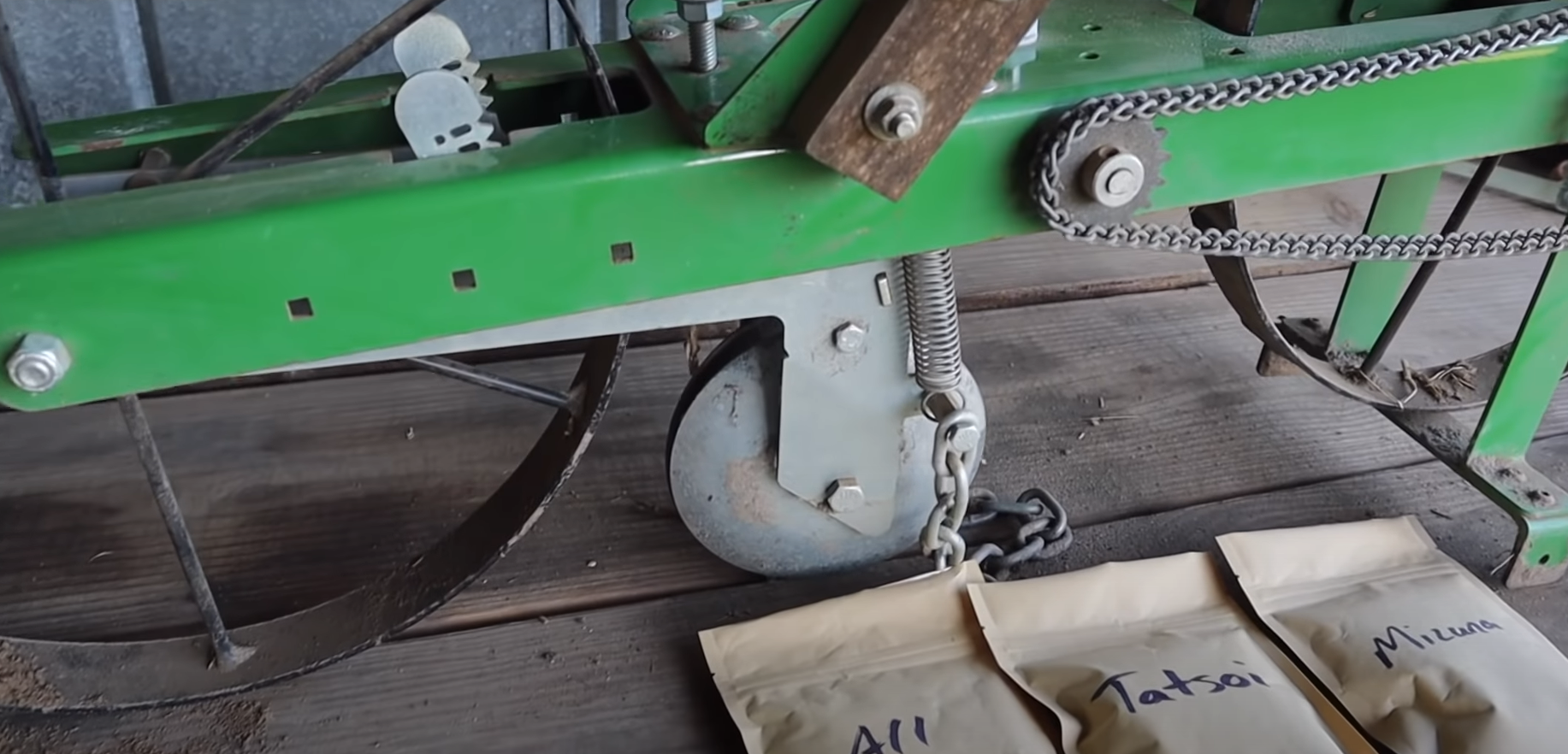
Typical Hoss Seeder Problems Explained
Overwhelming And Hard to Control
One of the most common problems with Hoss Seeders is that they can be difficult to control and overwhelm the gardener. This is often due to their large size, multiple compartments, and intricate design. It can cause over-seeding by leaving excess seeds in one area or uneven seeding by failing to spread them evenly across the ground. Other issues may include blocked nozzles from clogging up or a malfunctioning mechanism which affects the accuracy of the spreader’s performance. [1]
Inaccurate Planting Depth
Another problem associated with Hoss Seeder use is inaccurate planting depth. This issue usually results from either incorrect setting of the controls on the machine or because of an overly aggressive approach when operating it. The wrong depth setting can lead to seeds not receiving enough soil for proper germination, while too deep of a planting depth will mean they may never emerge from the ground.
Unable To Reach Areas
Because Hoss Seeders are large and heavy machines, it is often difficult to use them in tight or hard-to-reach areas. This is because their size prevents them from being able to be maneuvered into smaller spaces. Additionally, their weight makes it harder to transport them across rough terrain which can sometimes prevent access to certain parts of the garden.
Noise Pollution
Hoss Seeders tend to operate loudly due to their high-powered mechanism, and this can be an issue in residential settings where noise pollution may be a nuisance to neighbors. It is important that you take steps such as using noise-dampening materials or soundproofing equipment to ensure that the Hoss Seeder does not cause an excessive amount of disruption in your area.
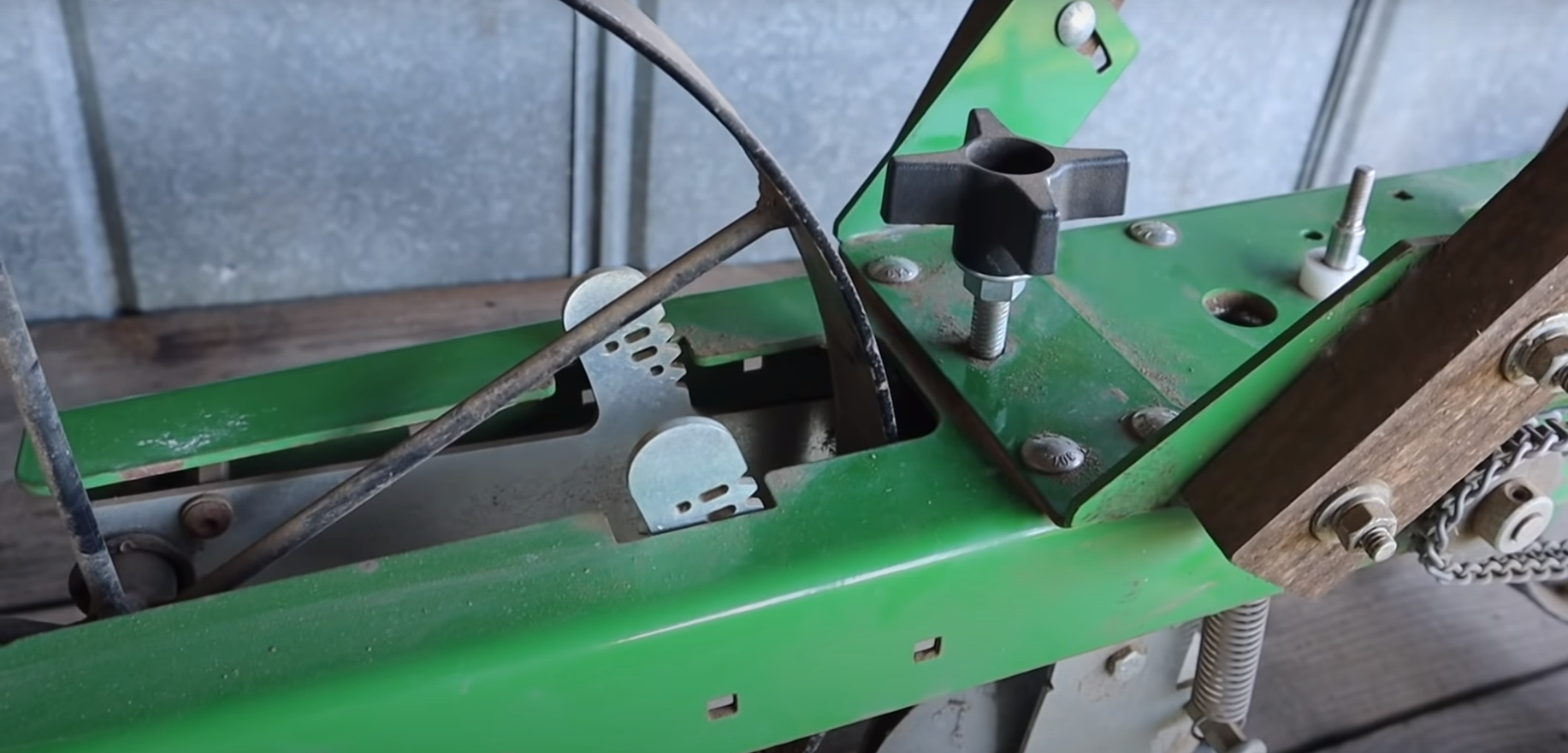
Malfunction of Kickstands
Hoss Seeder users have reported problems with the kickstands. In some cases, the kickstands have become stuck or difficult to open and close. This can prevent proper operation of the seeder, as the machine must be perfectly level during use. It can also pose a safety hazard if the kickstand fails while in use.
Defective Seed Plate
The seed plate is the part of the Hoss Seeder that holds and meters out the seeds. In some cases, the seed plate has been found to be defective or damaged, preventing proper distribution of seeds. This will not only affect the amount of seed planted but can also cause damage to other components if a clog is created by a stuck seed in a damaged plate.
Loose Chain
The chain which drives the seed plate can become loose or come off during operation. This failure can cause further damage to the seeder, as well as prevent proper seed distribution. It is important to check that the chain is properly tensioned before each use and regularly inspected for signs of wear or damage.
Spacing Issue
The Hoss Seeder is designed to space out seeds evenly as they are planted. However, in some cases users have found that the spacing was incorrect or uneven due to a malfunction of the seeder. This can cause poor germination rates and affect yields if not addressed promptly.
It is important for any user of the Hoss Seeder to be aware of these potential problems and how to address them if they arise.
With proper maintenance and regular inspection, these issues can be avoided or quickly addressed so that the seeder can perform optimally. [2]
Easy Fixes for Hoss Seeder Problems
If you have recently purchased a Hoss Seeder and are having trouble operating it, this guide will provide easy solutions to some common problems.
Problem 1: The Seeder Doesn’t Start Up
If your seeder doesn’t start up, make sure the electric power is connected properly. Check to see if the connection from the outlet to the seeder is secure. If necessary, plug in another device into that outlet to ensure there is power coming through. Additionally, check any on/off switches or circuit breakers that may be located near the seeder. If everything appears to be connected correctly but still no power reaches the machine, contact Hoss for further assistance.
Problem 2: The Seeds are Not Planting Evenly
If you notice that the seeds are not planting evenly, it is important to first check the calibration of the seeder. Make sure all settings and adjustments are correct and in line with the manufacturer’s recommendations. Additionally, make sure that all nozzles on your machine are free from clogs. Finally, double-check that all belts or pulleys connected to the drive shafts have been adjusted properly.
Problem 3: The Seeder Does Not Move Forward
If your seeder does not move forward, it could be due to a few different causes.
First, check to see if any of the seed tubes or hoses is blocked or pressed down too hard onto the ground, as this may cause the seeder to jam. Additionally, check for any kinks or knots in the hose that might be preventing the flow of material. Finally, make sure that all lubrication points on the machine are properly greased and free from debris.
By following these simple steps, you can easily fix many common problems with your Hoss Seeder! If after troubleshooting your machine you still cannot find a solution, contact Hoss for further assistance.
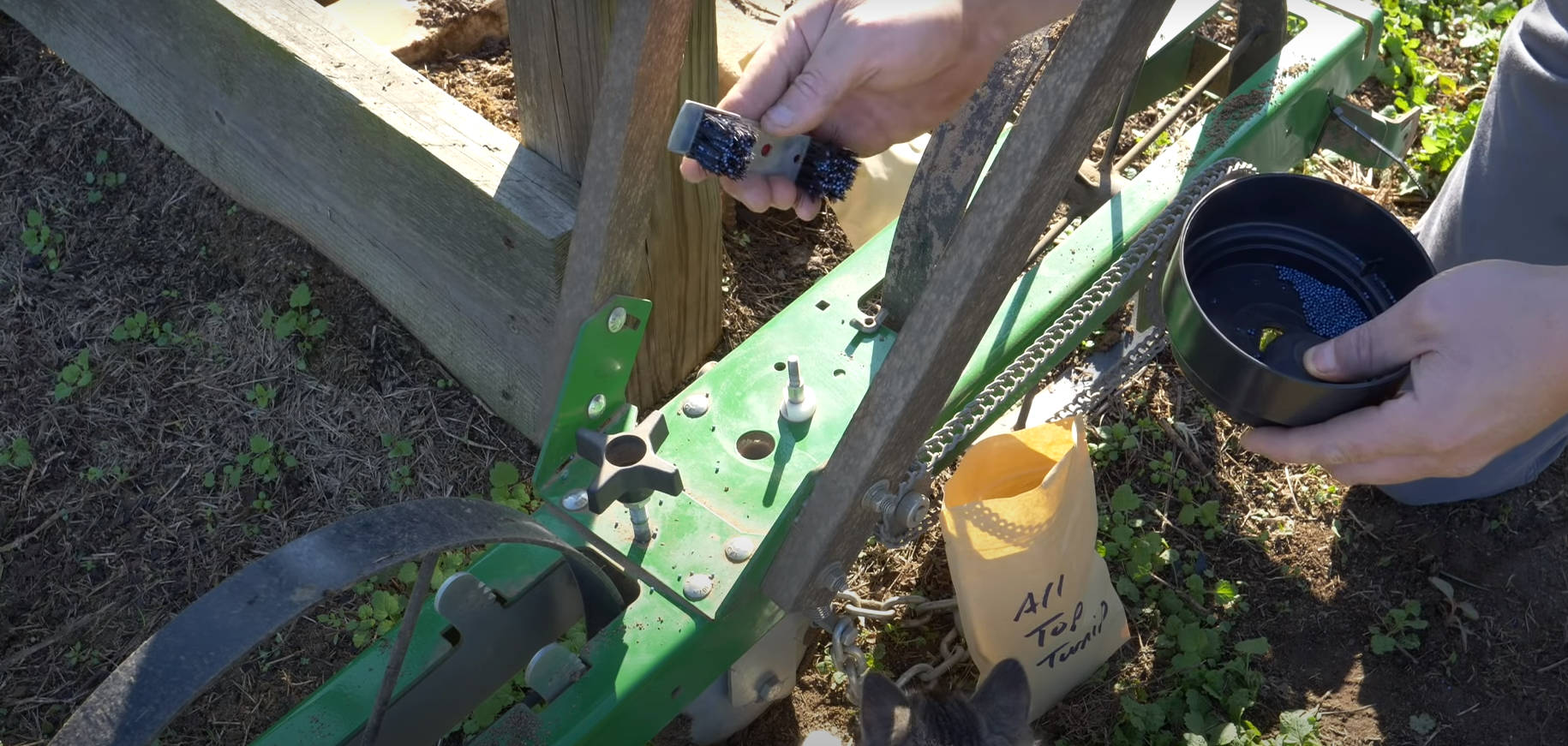
Can The Same Problems Appear For Other Seeders?
Yes, the same problems that can appear for Hoss seeders can also appear for other types of seeders. The most common issues are poor seeding performance caused by worn-out parts, a failure to properly set up the equipment, and even operator error. Other potential causes may include damaged belts or bearings, incorrect ground speed settings, clogged tubing, and blocked air flow. In some cases, mechanical failures like broken or stretched chains and sprockets can cause a seeder to perform poorly.
Any of these malfunctions will reduce the ability of a seeder to effectively perform its job. Regular maintenance and troubleshooting should be performed in order to prevent any of these problems from occurring with other types of seeders as well. [3]
Pros and Cons of a Hoss Seeder
The Hoss Seeder has some great points that make it a popular choice for farmers and gardeners alike. On one hand, the seed box design allows for more accurate seeding with fewer passes through the field, saving time and resources. The separate boxes also allow for easier adjustment of settings to accommodate different crops and soil types. It also comes equipped with folding wings that provide a larger working width when necessary.
Finally, one last potential con is that there are limited sizes available—this might not be an issue for smaller gardens or plots but could be problematic for larger areas that need seeding.
Overall, the Hoss Seeder offers many benefits when used properly and has become a popular choice in both farming and gardening circles. It’s important to consider both the advantages and disadvantages before making any decisions on what will work best for you! [4]
How to Use a Hoss Seeder?
Using a Hoss Seeder is relatively straightforward, but there are some tips that will help you get the job done quickly and efficiently.
- First, make sure your soil is ready for planting by tilling it to remove any roots or debris and leveling it out with a rake.
- Select the best seed spreader setting based on what type of seeds you are using and how large they are. This will ensure even coverage of the area being planted.
- Fill the seeder with enough seed to cover the area that you’re planting – check the manufacturer’s recommendation as different models have various capacities.
- Start at one end of where you want to sow, and move the seeder in slow, steady passes. Sow in parallel lines until the entire area is covered.
- Finally, cover the seeds with a thin layer of soil or mulch for optimal growth.
Using a Hoss Seeder can make planting large areas quickly and evenly easier than ever before – following these tips will ensure that your plants grow lush and healthy!
More Tips
- To prevent clogs and jams, make sure the seed is dry before it goes into the seeder.
- Regularly clean and inspect your machine to keep it in good working order.
- Check local guidelines for planting times and follow those closely.
- Be mindful of prevailing winds when using a Hoss Seeder – they can disperse seeds unevenly if not taken into account.
Pay attention to setting the depth correctly – seeds that are planted too shallow may not germinate properly, while those that are planted too deep may fail to emerge from the soil.Monitor your plants regularly to ensure they’re growing correctly and adjust your settings as needed.
Following these tips will help you get the most out of your Hoss Seeder and make sure that your plants are growing strong. Whether you’re planting a large garden or tending to a larger farm, using a Hoss Seeder can make the job much easier.
These tips will help simplify the process of seeding with a Hoss Seeder, making it easier to achieve the lush and healthy results that you’re aiming for! By following these steps and paying attention to detail while operating your machine, you’ll ensure great success in your gardening efforts. [5]
FAQ
How do you set the depth on a Hoss seeder?
The depth of a Hoss seeder can be adjusted through the use of adjustable seed plates. The seed plate sets the desired planting depth, allowing you to modify your settings as needed for different crops or conditions. To adjust the seeder’s planting depth, loosen the two bolts on top of the seed plate with an appropriate wrench and then slide the plate up or down to the desired setting. Once the desired level is reached, retighten the bolts to secure it in place. Be sure to check that all nuts and bolts are tightened properly before starting any work.
What causes Hoss Seeder not to plant accurately?
If your Hoss seeder is not planting accurately, there are multiple possible causes. Some common issues include improper depth setting, worn-out blades or other parts that are not in good condition. Additionally, it may be caused by debris clogging the seed tubes and preventing the seeds from flowing properly. Improperly calibrated control settings can also cause inaccurate planting. Finally, uneven soil levels can lead to an uneven distribution of seeds in a field. Inspect all components of your seeder regularly to help ensure accurate planting.
How do you adjust the rate on a Hoss Seeder?
The rate of a Hoss seeder is adjusted by changing the size of the seed plates. To adjust the rate, first loosen the two bolts on top of each seed plate with an appropriate wrench or tool. Once loosened, slide each seed plate up or down in order to increase or decrease the size of the seed plate. Make sure to retighten the bolts once you have adjusted the rate to your desired setting. Be sure to check that all nuts and bolts are tightened properly before starting any work.
How do you adjust pressure on a Hoss Seeder?
To adjust the pressure on a Hoss Seeder, you will first need to locate the pressure adjustment mechanism. This is typically located on the side of the seeder and looks like a wheel with markings on it that indicate different levels of pressure. Turn this wheel in a clockwise direction to increase the pressure, or in a counterclockwise direction to decrease it. You should be able to hear and feel when you have reached your desired level of pressure. Once you have adjusted the pressure, test it out by planting seeds at different depths into some soil with your hand trowel and comparing them against each other. If they are not coming out uniform, then increase or reduce the pressure until they do so evenly.
How does a manual seeder work?
Manual seeders are a simple device used to plant seeds in the ground without having to bend over and do it manually. They work by pushing a plunger down into the soil, which opens up seed pockets in the seeder that allow you to drop a seed into each pocket. Then, when you release the plunger, the pockets close and bury the seeds in the ground. This saves time and energy for gardeners who would otherwise have to spend a lot of time planting individual seeds. Manual seeders also help ensure that your plants will be evenly spaced for optimal growth.
What is the difference between a Hoss Seeder and other manual seeders?
The main difference between a Hoss Seeder and other manual seeders is in the quality of construction. Hoss Seeders are made from strong metal parts and have a much higher level of durability than other seeders on the market. Additionally, Hoss Seeders feature an adjustable pressure mechanism that lets you adjust the amount of pressure being applied to each seed pocket, allowing you to get the exact planting depth you need for different types of seeds. This makes it easier to get uniform results when planting with a Hoss Seeder.
What is proper seed depth?
The proper depth for planting a seed varies depending on the type of seed and where you are planting it. Generally, most seeds should be planted at a depth that is roughly two to three times their width. For example, if you are planting small tomato seeds, they should only need to be planted about 1/8 inch deep in the soil. Larger seeds such as corn and beans can be planted up to one-inch deep, while root vegetables like potatoes may require up to two inches of soil covering them. Make sure to read the instructions on your particular seed packet for specific instructions regarding planting depth.
What is the optimal seeding rate?
It is important to know the optimal seeding rate for Hoss Seeder, as too much seed can lead to wasted money and resources, and too little seed can lead to poor germination. Generally, the suggested rate of seeding depends on many factors such as soil type, weather conditions, crop species, and other related considerations. For example, dryer climates may require more seed than wetter climates due to evaporation. The best way to determine a precise seeding rate is by conducting a soil test and consulting with an agricultural expert or extension agent for local recommendations. Using these results in combination with historical data on yield results from various planting rates will provide guidance for determining the ideal amount of seeds per acre.
Useful Video: Planting “Cut and Come Again” Greens on Elevated Beds | HOSS GARDEN SEEDER
Conclusion
Hoss Seeder problems can be a nuisance for farmers, but with the right preventive measures in place, they can be managed effectively. Regular maintenance and regular cleaning of the seeders are key to avoiding any potential issues. Additionally, purchasing quality parts from trusted manufacturers is essential to ensure that your seeder functions properly. Finally, if you ever find yourself facing an issue with your Hoss Seeder, don’t hesitate to contact customer service or seek professional assistance from experienced Hoss Seeder technicians. With these tips in mind, you’ll be able to keep your Hoss Seeder running smoothly and efficiently!
Good luck! 🤞🏼
References:
- https://gardenguider.com/hoss-seeder-problems/
- https://www.easydigging.com/seeders-planters/hoss-seeder-reviews.html
- https://trapperman.com/forum/ubbthreads.php/topics/6475363/hoss-seed-planter
- https://www.houzz.com/discussions/2810682/hoss-seeder
- https://hosstools.com/wp-content/uploads/2016/01/Garden-Seeder-Instructions.pdf





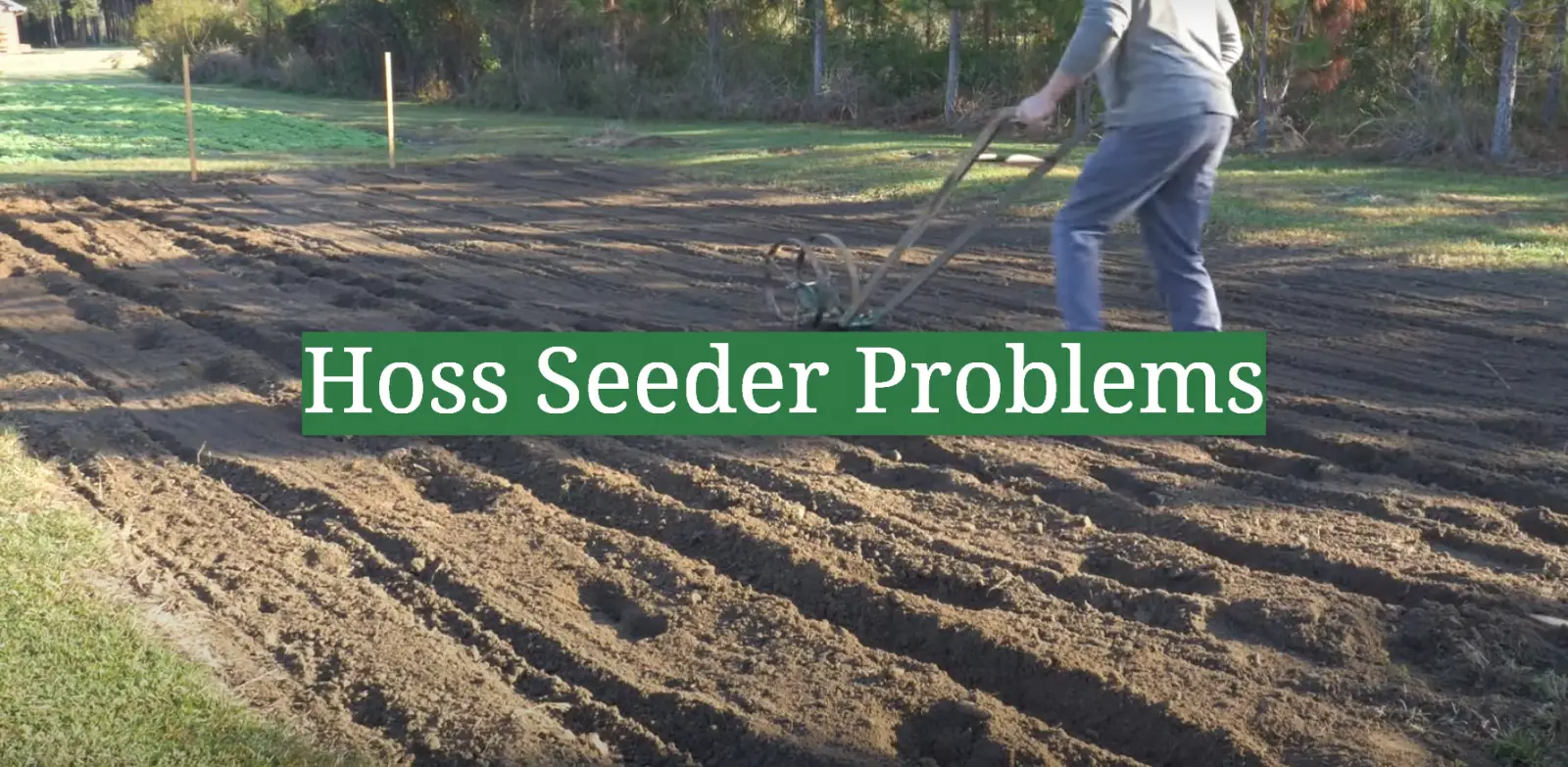
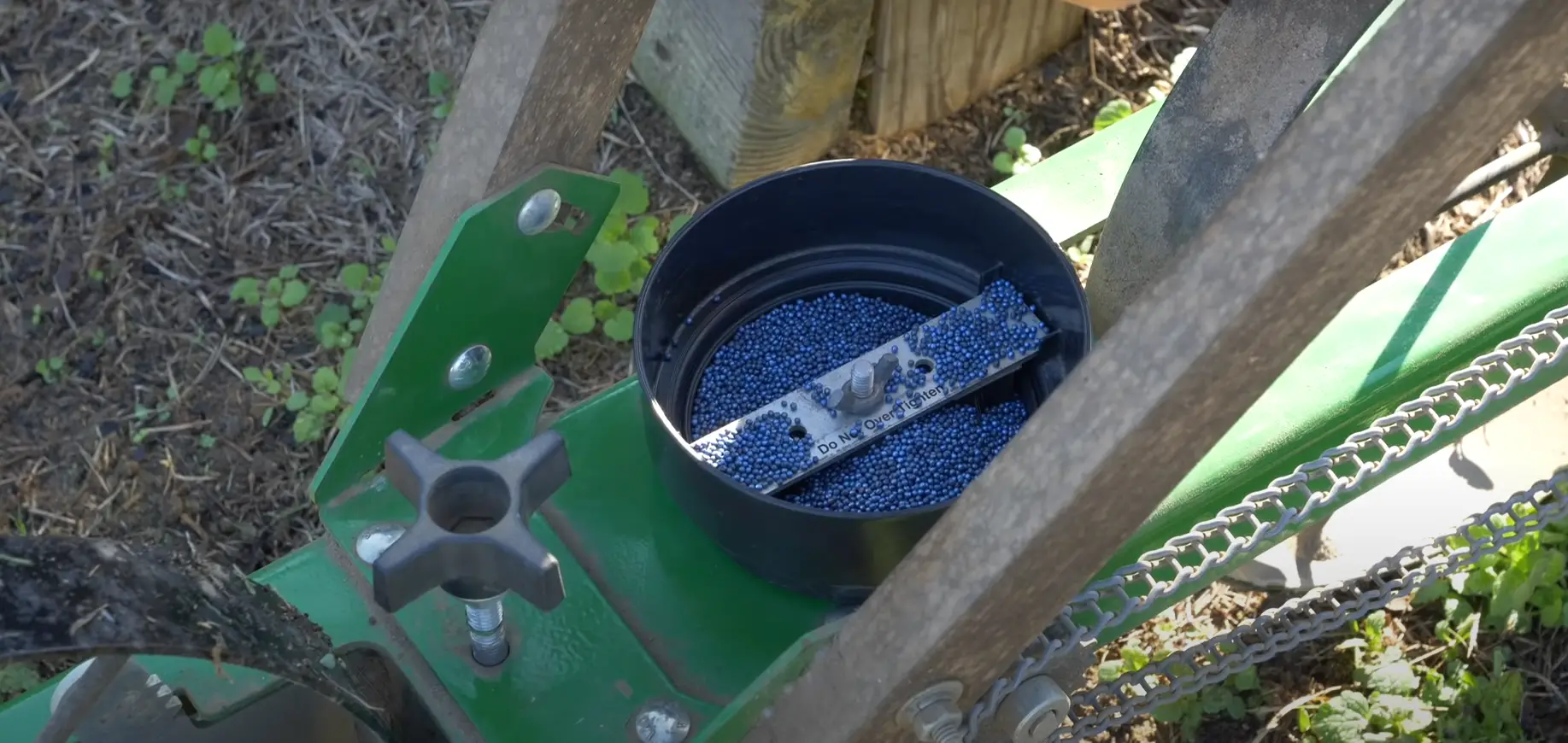
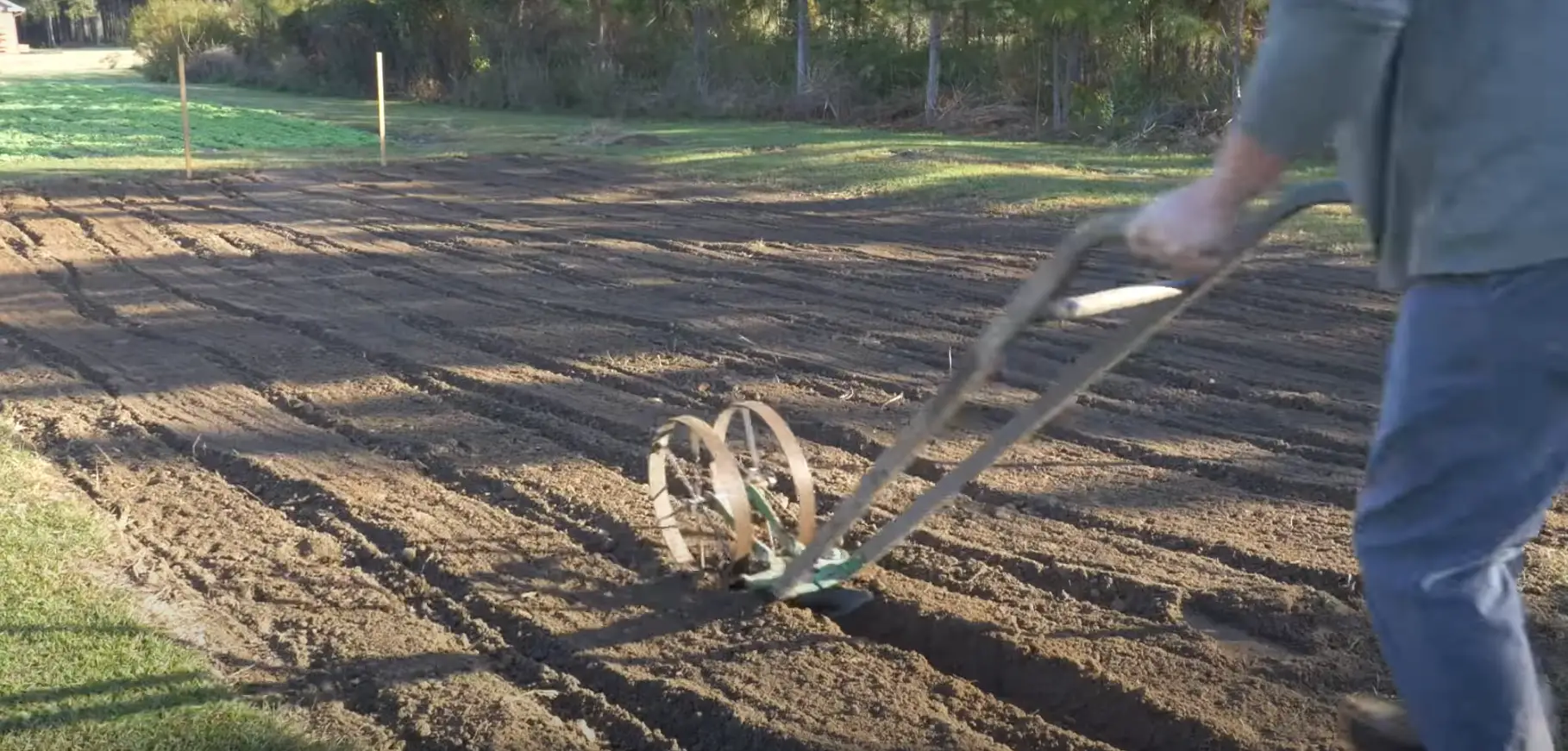


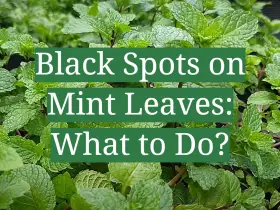
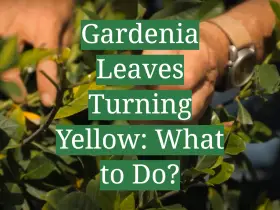
Leave a Reply
View Comments